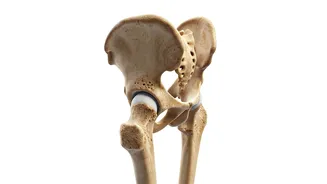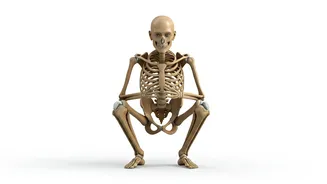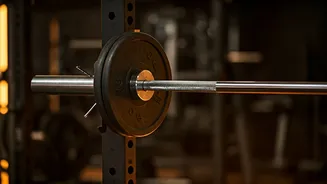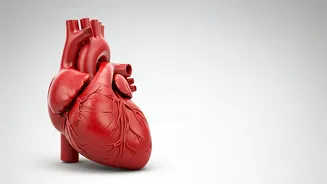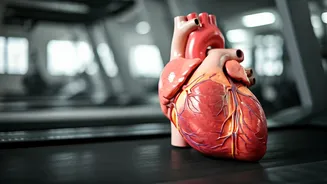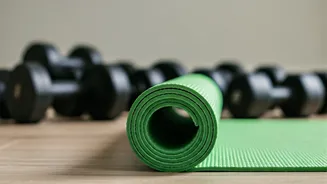Daily Routine Integration
Establishing a routine is pivotal for weaving physical activity into your everyday life. This means deliberately scheduling time for movement, treating
it with the same significance as other essential tasks. Planning and setting realistic objectives ensures that you stay on track and don't feel overwhelmed. Consider breaking your day into segments and allocating specific slots for exercise. Perhaps a morning walk to kickstart your day, a quick session during your lunch break, or a relaxing yoga session in the evening. This structured approach helps in building a sustainable habit, making physical activity an indispensable part of your daily experiences.
Mental Health Connection
Physical engagement and mental health are deeply intertwined, each profoundly influencing the other. Regular exercise is a proven method to decrease stress, combat anxiety, and uplift your mood. When you engage in physical activities, your body releases endorphins, natural mood boosters that can leave you feeling happier and more relaxed. Think about activities you genuinely enjoy; this could involve a brisk walk in the park, dancing to your favorite music, or a game of badminton with friends. Such activities can serve as an effective means of promoting relaxation and enhancing your overall mental health. By making physical activity a non-negotiable part of your life, you are essentially investing in a robust approach to manage and alleviate daily stresses.
Beyond The Gym
While gym workouts are effective, there's a world of physical activity beyond the typical gym setting. Diversifying your exercise routine keeps things interesting, helping you avoid monotony and enhancing motivation. Consider incorporating activities like cycling to work or taking the stairs instead of the elevator. Explore recreational sports, such as swimming, hiking, or even a leisurely game of frisbee. These alternative forms of movement can prove to be surprisingly rewarding and can seamlessly integrate physical activity into your daily activities. This holistic method of physical engagement ensures that exercise becomes an enjoyable aspect of your life and not just another chore.
Breaking Negative Habits
Identifying and replacing habits that hold you back is crucial for overall well-being. Reflect on habits that interfere with your physical activity goals, such as prolonged sitting or excessive consumption of unhealthy foods. Once you've pinpointed such habits, begin replacing them with more beneficial ones. Instead of binge-watching television, choose to go for a short walk. Instead of grabbing a sugary snack, opt for a piece of fruit. Start slowly, setting attainable milestones to prevent feeling overwhelmed. Making these deliberate changes allows you to take control of your lifestyle, cultivate positive habits, and pave the way for a healthier and more active life. Consciously eliminating negative habits, and subsequently, replacing them with positive ones, can have a tremendously positive effect on your general well-being.
Embrace Core Strength
Practicing exercises such as Pilates is a brilliant way to fortify your core muscles and enhance your physical resilience. Pilates emphasizes controlled movements, strengthening muscles while improving balance and coordination. Whether you're a beginner or an experienced fitness enthusiast, Pilates can be easily adapted to suit your current fitness level. Consistent practice of Pilates not only increases your core strength but also supports better posture, enhances flexibility, and reduces the risk of injuries. By integrating Pilates into your routine, you are making an investment in your physical well-being. Pilates also allows you to develop a deeper connection with your body and enhances your overall sense of wellness.


